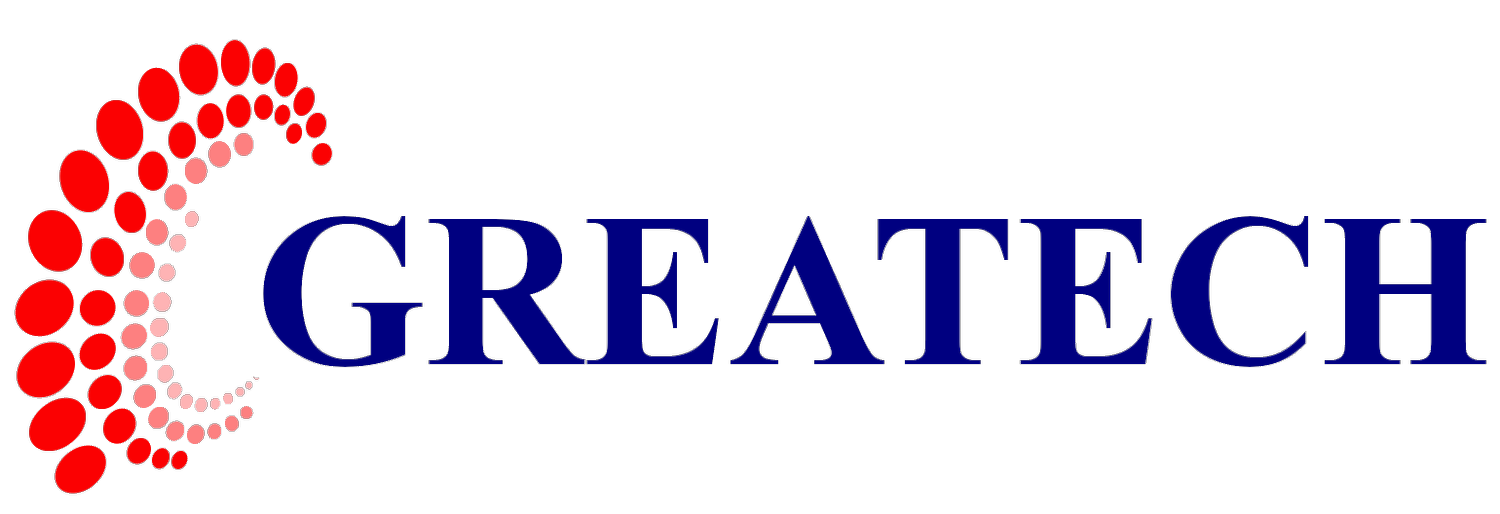
How we work
STEP 1: INITIAL MEETING
Our process begins with an initial meeting in which the project scope is discussed in detail. Any special requirements are also discussed at this point.
STEP 4: PROOF OF PRINCIPLE / USER REQUIREMENT SPECIFICATION & FINAL PROPOSAL
Where necessary, we advise that a Proof-of-Principle (PoP) be completed to reduce risk for our customers. The knowledge gained from PoP work is very valuable and gives a strong base to build a robust solution. At this stage a detailed User Requirement Specification (URS) must be created, detailing all requirements and specifications that the solution must meet. This document forms the basis for all project validation documentation.
STEP 2: CONCEPT & SOLUTION DEVELOPMENT
At this point, the team at Greatech Integration (Ireland) Limited assesses the project and develops concept solutions. These are critiqued to arrive at the most robust solution, and some preliminary testing may be completed. In many cases a concept drawing is shared with our customer, which forms the basis of a discussion document, changing as the process develops. Footprint space requirements are considered.
STEP 5: PROJECT KICK-OFF
Once a purchase order is received, we issue a job number and work begins. A project manager – your main point of contact – and a team of engineers are assigned to the job. A project plan is completed on MS Project detailing all the activities that will take place from mechanical design through the FAT. We can offer a document set to suit whatever is required up to GAMP® 5 standards.
STEP 3: BUDGET PROPOSAL & TIMELINE
Initially a budget quotation with timeline is proposed. Several quotations are requested, for key items, to ensure that we offer the best value within the proposal.
STEP 6: MECHANICAL DESIGN
Prior to the beginning of detailed mechanical design, a Functional Design Specification (FDS) is completed. We assign a dedicated engineer to control and issue all documentation. As the mechanical design progresses, review meetings take place. Following design sign-off, detailed drawings of all components are completed and issued to the workshop manager. Orders are placed for all bought-in components.
STEP 7: SOFTWARE ENGINEERING
Prior to any software development the Software Design Specification (SDS) is completed. Discussions take place around the control system architecture, safety system, HMI screens and software structure. An electrical diagram is designed in SolidWorks Electrical. Our programmers develop the software code for the various items on the machine (PLC, HMI, Vision system, Safety PLC, Robots etc). This runs in parallel with the manufacture stage.
STEP 8: PRODUCTION
For machines intended for cleanroom location, assembly takes place in our dedicated clean area. The control panels are assembled and wired as per diagrams in our electrical workshop. Attention is given to ensuring correct wire numbering. Machined parts & tooling are completed in our precision engineering workshop. On delivery of the main frame, the various subassemblies can be assembled in position and the electrical wiring completed.
STEP 9: TESTING & DEVELOPMENT
Once FAT / SAT protocols are completed, testing takes place in accordance with these documents. Only when the automation meets the all requirement set out in the URS will the FAT take place.
STEP 10: ON-SITE INSTALLATION & AFTER-SALES SUPPORT
A team of Mechanical & Electrical Technicians arrive on-site to commission the machine. In most cases, induction training is required for us to carry out on-site work. A programmer completes the testing and makes adjustment where required. Many of our customers will carry out the Site Acceptance Testing (SAT) themselves, but we can provide assistance if required. On-site training is usually given to our customer’s technicians & operators. Finally, our after-sales service is available should any issue arise.

